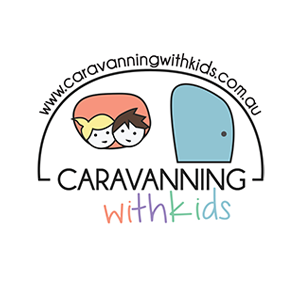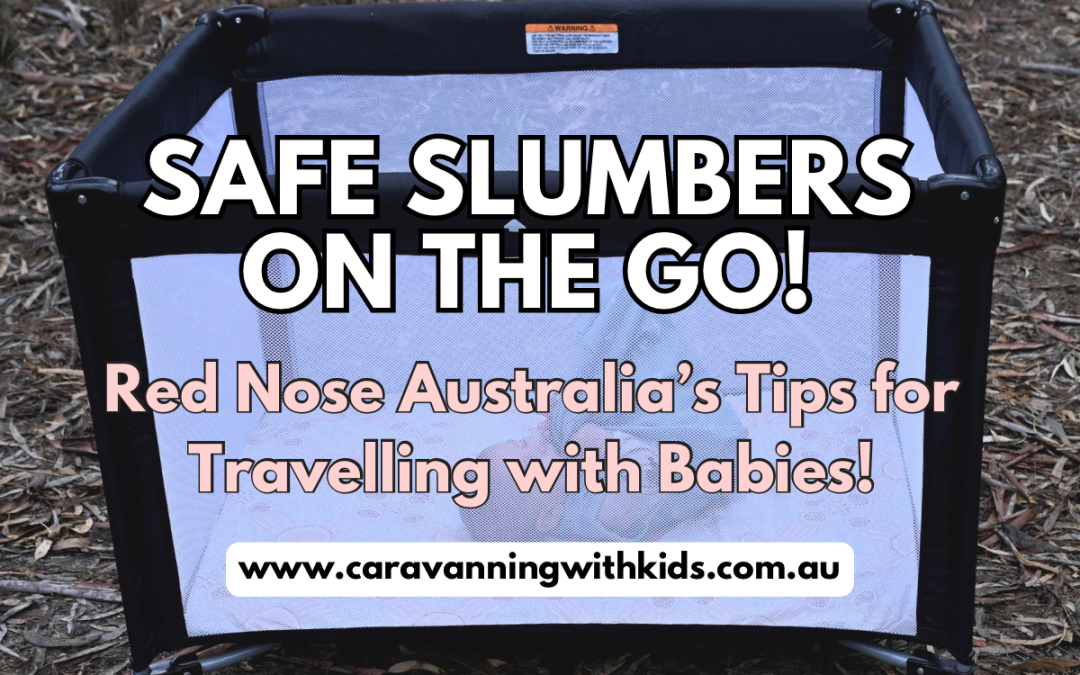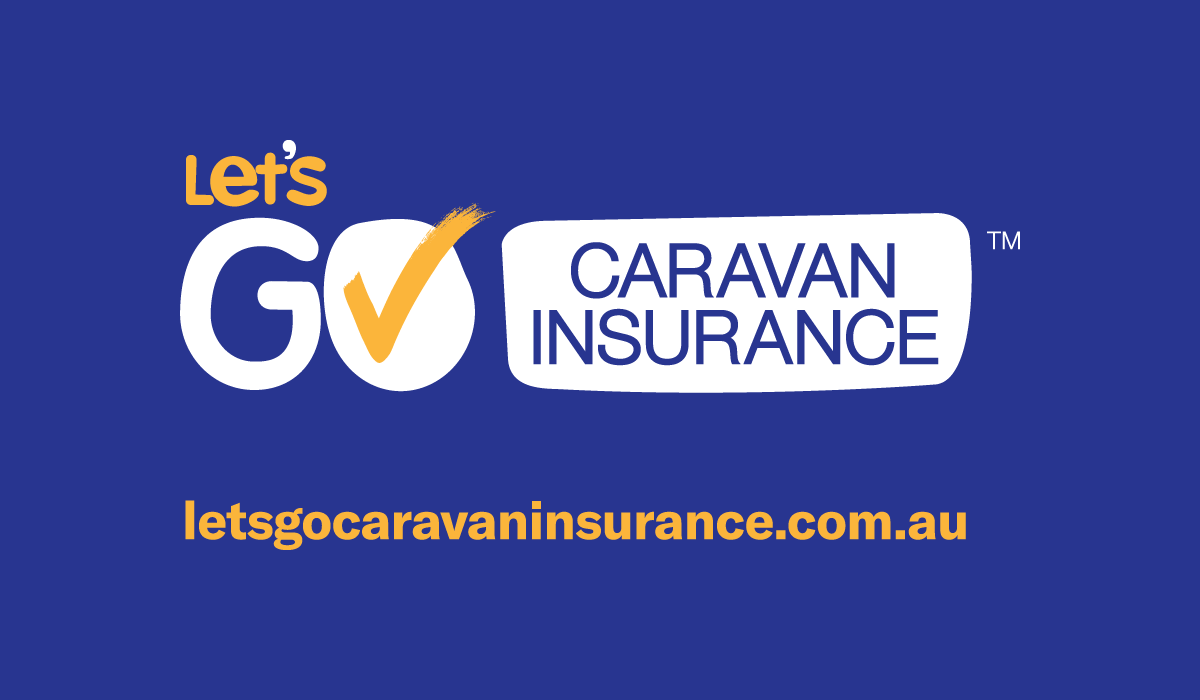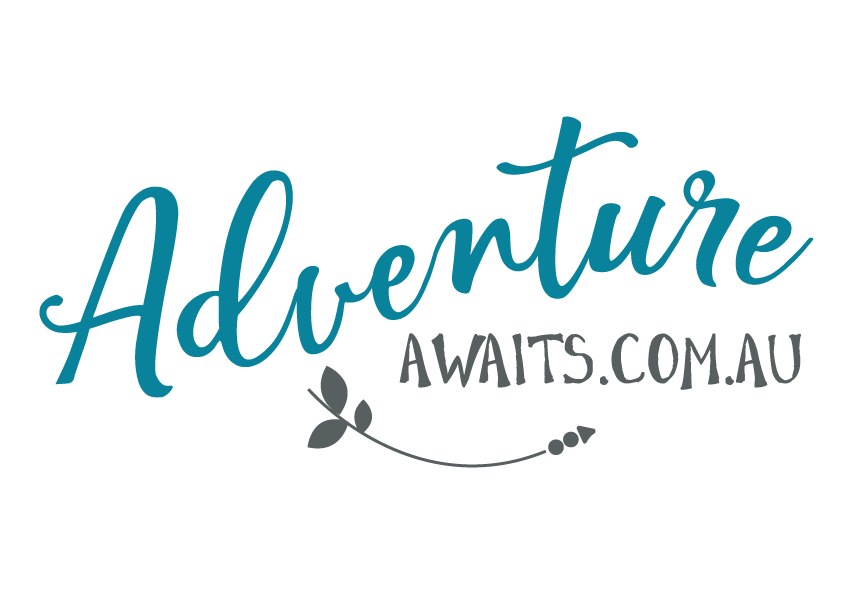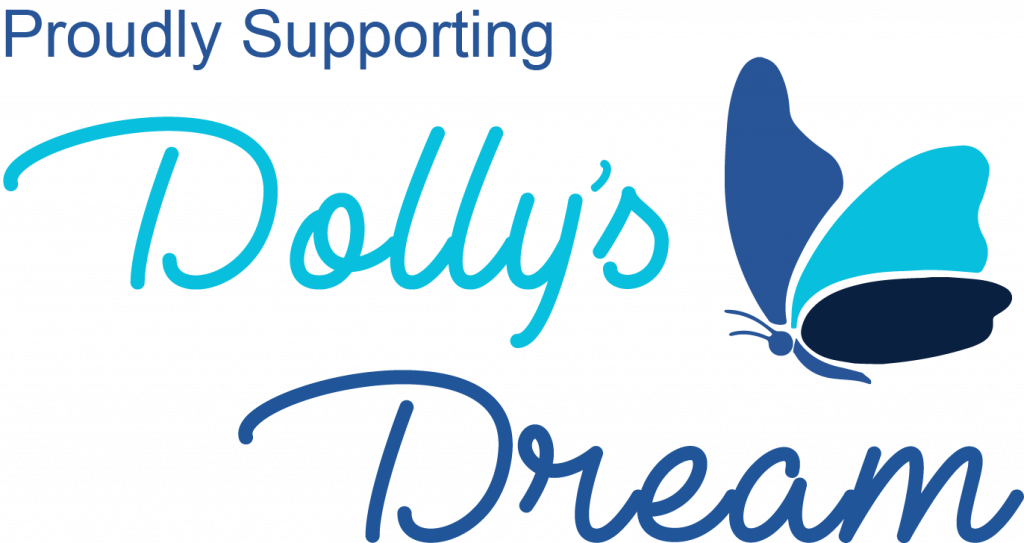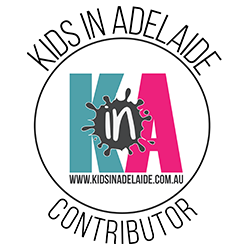Travelling with a baby can be a wonderful adventure, but it is important to know how to keep bub safe while you are on the road. With some forward planning, you can still provide a safe sleep space for your baby in a tent, caravan or camper, reducing the risk of Sudden and Unexpected Death in Infancy or SUDI.
The ideal sleep solution while you are out and about is a travel cot (also known as a portacot). Portacots can provide a safe sleep space for baby whether in a tent, camper, caravan or RV. Portacots sold in Australia will meet the mandatory safety standard, however is important to check that the portacot is in good condition and is set up according to the manufacturer’s instructions. Regular folding and unfolding can cause wear, so it is a good idea to check that all of the locking mechanisms work and there are no rips, tears or other signs of damage each time you set up in a new location.

Also remember that the firm, flat mattress provided with the portable cot is all that is needed. Many parents add additional padding over or under the portacot mattress thinking this will make bub more comfortable, however this can dramatically increase the risk of SUDI or SIDS. Remove any soft toys or loose blankets that could cover bub’s mouth and nose and interfere with their breathing. If you are having trouble firmly tucking in sheets or blankets around the sides and bottom of the lightweight portacot mattress, a safe baby sleep bag can be a good alternative to bedding that may become loose.
Remember: Always place baby to sleep on their back, on a firm flat surface, with their head and face uncovered.
In caravans and campers, room for a portacot can often be made by removing or folding down a table. However, if you cannot fit a portacot in your space, then the safest option may be a firm, flat mattress on the floor. Just remember to check the environment for anything that could be harmful if bub is getting more mobile! While sleeping bub in your own bed may be tempting when space is limited, Red Nose does not recommend co-sleeping, as this has been shown to increase the risk of SUDI. If you do choose to co-sleep it is important to know how to do so as safely as possible. Information on reducing the risks of co-sleeping can be found at https://rednose.org.au/article/Co-sleeping_with_your_baby
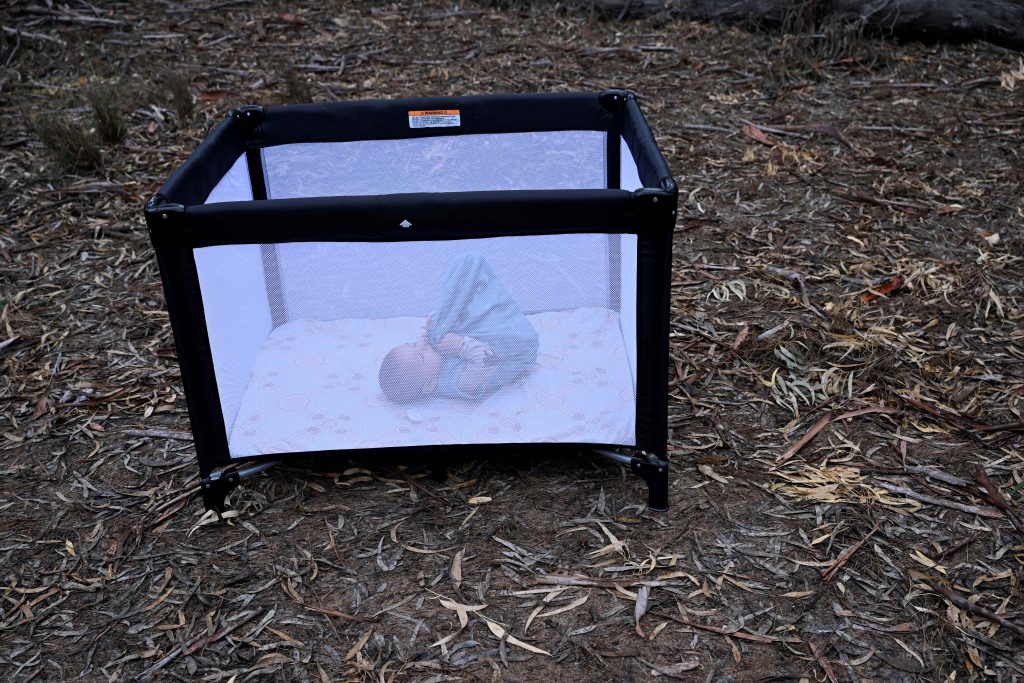
The other key safe sleep tip for travel is to prevent overheating, which is known to be a risk factor for SUDI. It is important to ensure good ventilation in the baby’s sleep space, whether in a tent, caravan or RV. The risk of overheating is also why Red Nose does not recommend leaving babies in a pram for unsupervised sleep. Common features of prams, such as additional padding and enclosed sides can increase the risk of overheating, and in turn, increase the risk of SUDI. It is best to take bub out of their pram and settle them in their own safe sleep space so you can all rest easy!
Wherever you roam with your bub, remember to follow the Red Nose Six Safe Sleep Recommendations:
- Always place baby on their back to sleep
- Keep baby’s face and head uncovered
- Keep baby smoke free, before and after birth
- Safe sleeping environment, day and night
- Sleep baby in their own safe sleep space in the parent or caregiver’s room for the first 6 months
- Breastfeed baby
For more information head to https://rednose.org.au/
